Introduction
In the ever-evolving landscape of technology, there are countless fascinating facts and hidden gems waiting to be discovered. While we’re often inundated with news about the latest gadgets, breakthroughs, and trends, there’s a wealth of lesser-known information that often goes unnoticed. In this article, we’ll delve into some intriguing facts about technology that may surprise even the most tech-savvy individuals. From the origins of computer bugs to the secrets hidden within JPEG files, join us as we uncover some of tech’s best-kept secrets.
1. The First Computer Bug
In 1947, engineers encountered an unexpected glitch in the Harvard Mark II computer—a moth had become trapped in one of its relays, causing a malfunction. This incident led to the coining of the term “bug” to describe computer glitches, and engineers famously removed the moth and taped it into the computer’s logbook. Today, the concept of “debugging” remains a fundamental aspect of software development.
2. Hidden Messages in JPEG Files
JPEG image files, commonly used for storing photographs, can contain hidden messages or data due to the way they’re compressed. This hidden information may include comments, thumbnails, or even entire images embedded within other images. While these hidden features are typically harmless, they highlight the complexity of digital file formats.
3. QR Codes for Bitcoin
Bitcoin addresses can be encoded into QR codes, allowing for easy sharing and receipt of payments. However, some QR code scanners have been known to generate incorrect addresses, leading to potential loss of funds. As the popularity of cryptocurrencies continues to grow, QR codes play a crucial role in facilitating transactions.
4. The Oldest Domain Name
Symbolics.com holds the title of the oldest registered domain name, having been registered on March 15, 1985. This historic domain serves as a reminder of the internet’s early days and the rapid pace of technological advancement since its inception.
5. The First Email
In 1971, computer programmer Ray Tomlinson sent the first email, choosing the ‘@’ symbol to separate the user’s name from the computer they were using. This groundbreaking communication paved the way for the modern email system we use today, revolutionizing the way we communicate and collaborate.
6. Easter Eggs in Software
Developers often include Easter eggs—hidden messages, jokes, or features—within software as a fun way to engage users. From hidden mini-games to amusing pop culture references, Easter eggs add an element of surprise and delight for those who discover them.
7. The Dark Web’s Size
The dark web, the part of the internet not indexed by traditional search engines and accessible only through specialized software, is estimated to be much larger than the surface web we commonly use. While it’s often associated with illicit activities, the dark web also serves as a platform for privacy-conscious individuals and whistleblowers.
8. The World’s Fastest Computer
As of 2021, the Fugaku supercomputer in Japan holds the title of the world’s fastest supercomputer, boasting processing speeds of over 442 petaflops per second. This remarkable feat of engineering represents the pinnacle of computational power and opens new possibilities for scientific research and discovery.
Conclusion
From the humble beginnings of computer bugs to the awe-inspiring capabilities of modern supercomputers, the world of technology never ceases to amaze. By exploring these lesser-known facts, we gain a deeper appreciation for the complexity and ingenuity that drives innovation in the digital age. As technology continues to evolve, there’s no doubt that there are many more hidden gems waiting to be uncovered.
Before you go, here are some interesting books that delve into various aspects of technology, including its history, innovations, and impact on society:
- “The Innovators: How a Group of Hackers, Geniuses, and Geeks Created the Digital Revolution” by Walter Isaacson: This book explores the history of the digital revolution, from Ada Lovelace and Charles Babbage to modern pioneers like Bill Gates and Steve Jobs. It provides insights into the individuals and innovations that shaped the modern technological landscape.
- “Ghost in the Wires: My Adventures as the World’s Most Wanted Hacker” by Kevin Mitnick: Kevin Mitnick, once known as the world’s most notorious hacker, shares his gripping memoir detailing his exploits and eventual capture. It offers a fascinating look into the world of cybersecurity and the cat-and-mouse game between hackers and authorities.
- “Code: The Hidden Language of Computer Hardware and Software” by Charles Petzold: This book takes readers on a journey through the history and inner workings of computers, from Morse code to modern digital systems. It’s a must-read for anyone interested in understanding how computers function at a fundamental level.
- “Weapons of Math Destruction: How Big Data Increases Inequality and Threatens Democracy” by Cathy O’Neil: Cathy O’Neil explores the dark side of algorithms and big data, revealing how they can perpetuate inequality and have unintended consequences on society. It’s a thought-provoking read that sheds light on the ethical implications of technology.
- “The Age of Surveillance Capitalism: The Fight for a Human Future at the New Frontier of Power” by Shoshana Zuboff: Shoshana Zuboff examines the rise of surveillance capitalism and its impact on privacy, democracy, and individual autonomy. It’s a comprehensive analysis of the modern digital economy and the challenges it presents to society.
- “How to Create a Mind: The Secret of Human Thought Revealed” by Ray Kurzweil: Ray Kurzweil explores the future of artificial intelligence and its potential to replicate human intelligence. It’s a thought-provoking exploration of the intersection between technology and consciousness.
- “The Master Switch: The Rise and Fall of Information Empires” by Tim Wu: Tim Wu traces the history of information industries, from the telegraph to the internet, and examines the patterns of consolidation and control that have shaped them. It’s a fascinating look at the dynamics of power in the digital age.
These books cover a wide range of topics within the realm of technology and offer valuable insights into its history, impact, and future direction. Whether you’re a seasoned technologist or simply curious about the digital world, there’s something here for everyone to enjoy and learn from.
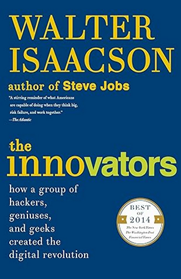 |
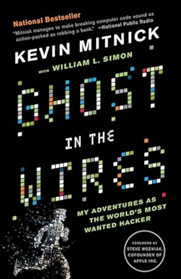 |
 |
 |
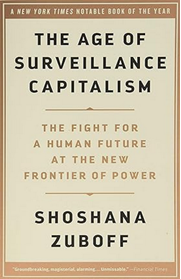 |
 |
 |










































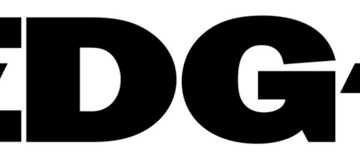
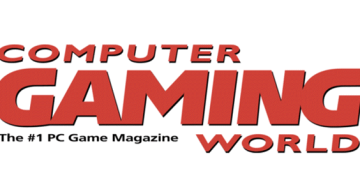







![[SWTT] Generative Art NFT Tutorial](https://techcratic.com/wp-content/uploads/2025/07/1752552896_maxresdefault.jpg)














































